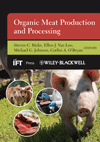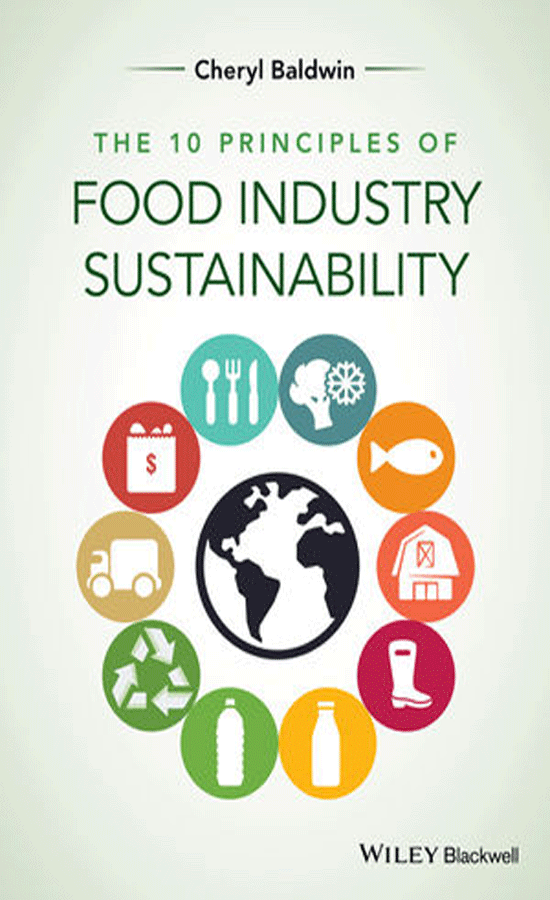HEALTH AND WELLNESS
Soy: Reaching its Potential?
Has soy finally made it?
More than 70 percent of consumers said that soy is good for them and 70 percent expressed interest in products that are a combination of meat and soy, according to The Solae Company research, a food science and ingredient manufacturing organization. When it comes to breakfast, in particular, consumers recognize that protein, and soy protein, can play an important role in kick-starting their day with good nutrition and laying the foundation for healthy development of their children.
“What’s exciting is that the consumer is becoming more interested in soy-enhanced products,” says Charlie Ross, marketing director of North America for Solae, based in St. Louis. “Our research continues to validate the consumer acceptance of soy as a healthy ingredient and reinforces that the consumer landscape is interested in soy-fortified or soy-enhance d foods for their meals.”
Consumers are seeking out soy foods because of their cholesterol-lowering ability and heart-healthy benefits, and their low calorie and saturated fat content, says Kelli Dieterich, communications director for The Soyfoods Association of North America, based in Washington, D.C.
Textured soy proteins and functional soy proteins can be combined in a meat product to optimize performance, best cost, nutrition and an eating experience for retail and foodservice customers in today’s ever-changing marketplace, notes Tom Katen, technical service specialist, Cargill Texturizing Solutions in Minneapolis.
“They are the only balanced protein that is non-animal based,” he says. School lunch programs, in fact, give soy-extended meat products a higher “meat or meat alternative credit” over all meat items, as noted in the United States Department of Agriculture (USDA) child nutrition guidelines.
However, according to Jason Dumo, director of marketing with Griffith Laboratories USA and Innova, based in Alsip, Ill., many meat processors are “moving away from soy-based ingredients due to allergen concerns and product performance issues with taste, texture and moisture hold.”
Other analysts are seeing some wariness amongst consumers regarding soy, and note that they are slow to adopt it into their diets. “Typically, they are cycling soy products in, instead of replacing their proteins with them,” says Michelle Barry, Ph.D., president of Tinderbox, the trends division of The Hartman Group, a health and wellness marketing and research firm based in Bellevue, Wash.
Ross notes that health-conscious consumers are seeking foods that enable a healthier lifestyle, but don’t require too much sacrifice on taste.
“This creates a bit of a dichotomy as consumers want to have their steak, and eat it too, but they are concerned about the fats and cholesterol,” he says. If a product can deliver the authenticity of meat and prepared meals in a newly packaged, healthier version, consumers will try it.
“They are seeking new solutions and willing to try products that promote health in convenient ways — ‘stealth health,’” Ross concludes. “It’s up to Solae and the processors to make sure that these products deliver on great taste to keep them coming back.”




